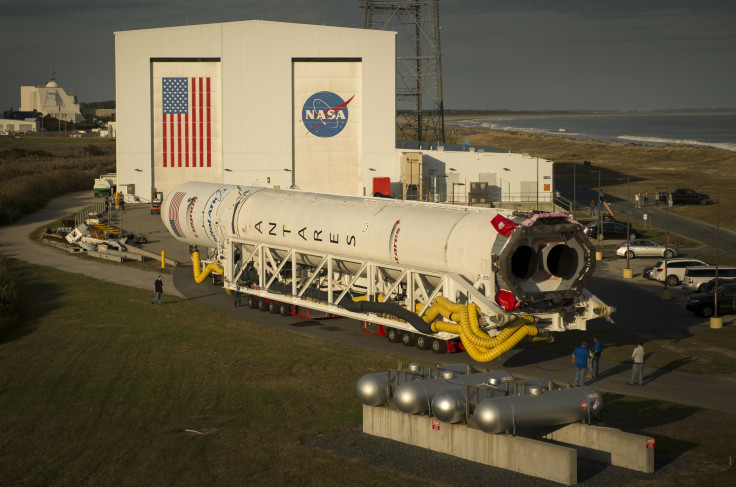Why Does NASA Not Develop Reusable Rockets?


This question originally appeared on Quora. Answer by Robert Frost.
Well, first, NASA isn't really in the rocket development business. NASA only gets involved in rocket building when the commercial market doesn't have a product that can fulfill NASA’s needs. But, the answer is quite simply because NASA doesn't use enough rockets to make reusability worthwhile.
Reusable rockets are only valuable if the frequency of launches is great enough to outweigh the cost of developing and utilizing the technology.
It would have been silly to waste Apollo project funds trying to make the Saturn V reusable. Only about a dozen launches of the Saturn V were planned, so it was cheaper to use a disposable launch vehicle.
When it came time for the Space Shuttle, NASA did plan to do many and frequent launches, so the Orbiter and the Solid Rocket Boosters were designed to be reusable. It wasn't deemed worthwhile to make the External Tank reusable.
Although the Space Shuttle Main Engines (SSME) were reusable and going to be used on the SLS rocket, NASA doesn't plan to reuse them. The refurbishing and recertification costs make reuse more expensive than manufacturing new engines.
The French and the Russians did, at one time, work together in an attempt to make the Ariane 5 reusable, but the hardware that would be needed to support the return of the vehicle became too large to make the effort worthwhile.
Making a launch vehicle reusable is very difficult. It took SpaceX 14 years to do the first part. It was a large investment for them and it required modern technologies that did not exist when most of the current launch vehicles were being designed.
Even today, with SpaceX having partially demonstrated the technology, some of the launch vehicle manufacturers are still not convinced that it would be worthwhile for them to invest their own resources into their upcoming vehicle designs.
In an interview about the Ariane 6, Arianespace CEO Stéphane Israel said:
It is a beautiful technological achievement in the context of a mission in LEO asking little performance from the launcher, freeing the performance required by recovery. But for the economic equation, things are still very uncertain. Performance loss on recovery, lower industrial rate, cost of refurbishment of the first stage, difficulty convincing customers to use a used launcher, uncertainties about the reliability: it would be a mistake to consider reuse is the alpha and omega of disruptive innovation in the field of launchers.
There may be other ways to innovate, such as micro-launcher I had discussed this summer after meetings with players in Silicon Valley who want very cheap launches, less than 10 million, for satellites of several tens of kilograms. Especially, in the European context, with markets and accessible rates lower than those offered to American launchers, the cardinal priority is the road map defined at the last ministerial conference of ESA (European Space Agency): Vega C Ariane in 2018 and 6 in 2020, as part of a new governance which always aim at making cost more competitive.
Note: Arianespace isn't totally opposed to the idea, they have been working for six years on a reusable rocket named Adeline, and hope to fly it by 2025.




















